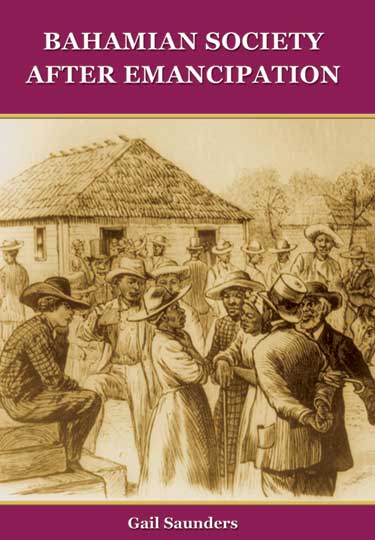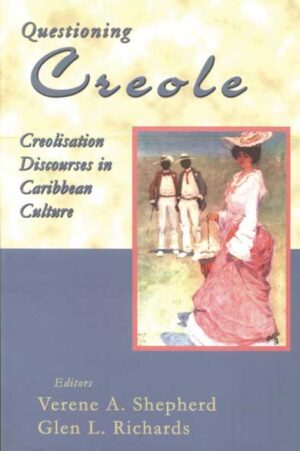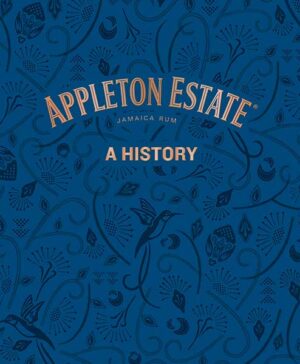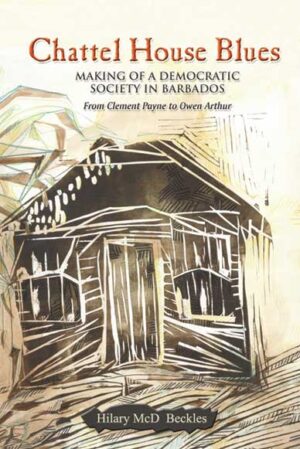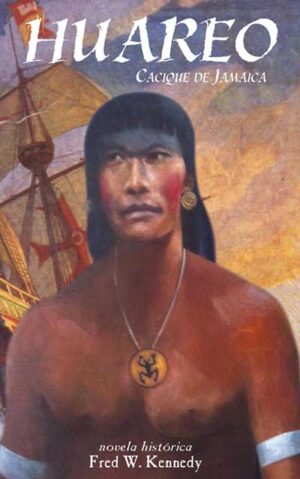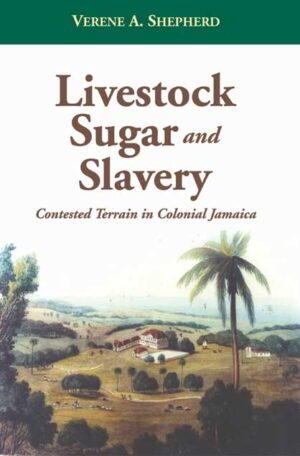Description
In this expanded edition of an earlier work (1990) Gail Saunders advances our knowledge of Bahamian history by providing an in depth study of specific episodes and communities as well as important developments in social and economic life of the island chain. Bahamian Society After Emancipation also helps to locate the Bahamas within a regional historical context by showing that despite the absence of sugar and a dominant agricultural economy, the islands’ social development bears great similarities to the countries of the Caribbean.
About the Author
Gail Saunders is the Director of the National Archives of the Bahamas, a position she has held for several decades; and is recognised as one of the leading scholars of Bahamian history. Her other published works include Slavery in the Bahamas and Historic Nassau.
Contents
Illustrations
Foreword
Preface and Acknowledgements
Introduction
- The Role of the Coloured Middle Class in Nassau, 1890−1942
- Women in the Bahamian Society in the Late Nineteenth and Early Twentieth Centuries
- A Historical Sketch of Family Life in the Bahamas
- Isolation Within an Isolated Archipelago: The Out Island Communities in the Bahamas During the Late Nineteenth and Early Twentieth Century
- Emancipation and ‘Over-the-Hill’
- Aspects of Traditional African-Bahamian Culture in the Late Nineteenth and Early Twentieth Century
- The Blockade Running Era in the Bahamas: Blessing or Curse?
- Prohibition: A Mixed Blessing for the Bahamas
- The Changing Face of Nassau: The Impact of Tourism on Bahamian Society in the 1920s and 1930s.
- The 1937 Riot in Inagua
- The 1942 Riot in Nassau: A Demand for Change?
- The 1956 Resolution : Breaking Down the Barriers of Racial Discrimination in The Bahamas
- The 1958 General Strike in Nassau: A Landmark in Bahamian Society
- Race Relations and National Identity in the Formation of the Bahamian Society: A Historical Perspective


